It’s a buyer’s market when it comes to affordable smartphones and it’s rapidly expanding with the rise of the China phone. With ever more Chinese firms joining the race and vying for the throne, get the lowdown with this 4-way China phone showdown.
The Huawei Ascend P7 with its flagship credentials is arguably the most well known of the four phones, both in terms of the manufacturer and press attention. Our phone comparison will feature the Huawei Ascend P7 going up against the Neo M1, iNew V3 and Zopo ZP1000. How do these young pretenders stack up? Let’s find out.
Huawei’s flagship Ascend P7 brings premium credentials
Design
For 2014, slim is definitely in. Showcasing premium credentials, the Huawei Ascend P7 shares the design language of its predecessor and boasts a depth of just 6.5mm. At 124g, this lightweight flagship features Gorilla Glass 3 front and rear, a double-glass unibody and aluminum sides for a classy combination. Light and superslim, Huawei’s flagship checks many of the right boxes.
The Neo M1 boasts similar premium appeal with an aluminum body that measures just 5.99mm thick, making it the slimmest of the four phones despite a weight of 148g. Wear-resistant third generation Gorilla Glass protects the screen with the manufacturer claiming a 40% reduction in visible scratches.
Joining the catwalk is the svelte iNew V3 with a super slim profile that’s just 6.55mm and weighs just 128g. The V3 takes a leaf out of Sony’s OmniBalance design book however, unlike the metal and glass that defines the Xperia models, the V3 utilizes a plastic shell to minimize weight.
As Zopo’s flagship phone, the ZP1000 measures 143.9mm x 72mm x 7.2mm with a weight of 150g, making it the least slim and heaviest of the phones – however, size and weight are relative and the ZP1000 still conforms to an ultraslim form factor.
The Neo M1 offers solid features at the mid-price bracket
Screen
The defining feature of today’s phones is arguably the screen and Full HD is considered mainstream for bona fide flagship status.
While all four phones provide a 5.0” display, the Huawei Ascend P7 offers 1080P (1080 x 1920) at a mouth-watering pixel density of 455ppi that exceeds even the Galaxy S5’s 432ppi. Viewing angles are wide with good color reproduction and an excellent contrast ratio. Coupled with top notch image quality and decent sunlight legibility , the Ascend P7 offers a superb viewing experience.
In comparison, the iNew V3, Neo M1 and ZP1000 all bring 720p resolution (1280 x 720) and a still-respectable 326ppi to the table, although the displays look somewhat lackluster compared to full HD goodness.
Raw Power
All of the mobile phones bring plenty of horsepower to the party.
The Ascend P7 utilizes Huawei’s custom HiSilicon Kirin 910T chipset under the hood, pushing four 1.8 GHz Cortex-A9 cores. This compares favorably with the MediaTek MT6582 chipset (1.3GHz quad-core) from Q3 2013 powering the Neo M1 and iNew V3. The Zopo ZP1000 features a MediaTek MT6592 (1.7GHz Cortex-A7 Octa Core) under the hood to ensure apps, games and multimedia shine.
All four devices offer dedicated GPUs (either the ARM Mali-400 MP2 or ARM Mali-450 MP4) for enhanced graphics performance however only the Ascend P7 offers 2GB RAM instead of 1GB. Power users will definitely appreciate the extra memory of the Ascend P7 at reducing lag during app switching and heavier multitasking scenarios.
With Sony-inspired aesthetics, the iNew v3 is quite the looker.
Operating System
The Ascend P7 comes with Android 4.4.2 Kit Kat pre-installed with the EmotionUI v2.3 overlay. The homebrewed interface design eschews the modern design of vanilla Kit Kat for a flat, more utilitarian appearance; the app drawer is completely gone however the overall responsiveness and customizability of Android remains.
In comparison, the other three handsets run the older Android 4.2 Jelly Bean out of the box. The twist to the tale is the dual OS offering of Neo M1 that pairs Android with Windows Phone 8.1. Presently, the official site states that the latter is “not available yet” and “will be finished in a few months” so Android 4.2 is the only flavor available.
Camera
The increasingly competitive nature of smartphones means that manufacturers have upped their game significantly and all four handsets are a case in point.
The Huawei Ascend P7 features a 13MP shooter supported by single LED flash, geo-tagging, touch focus, 360 degree panorama and HDR. Photos appear crisp and sharp thanks to the built-in camera module and the class-leading 8MP front camera should keep selfie fans happy especially with its onboard selfie mode. There’s also a “groufie” panoramic mode for those who enjoy group selfies. Both cameras are capable of capturing 1080p HD video at 30fps.
Neo’s M1 offering also incorporates a 13MP camera with LED flash utilizing a Sony Exmor RS series sensor with a 5MP front camera in tow. Following suit, the iNew V3 offers a 13MP rear camera as well as a multi angle mode where you can take shots around a target which you can move around during editing. The ZOPO ZP1000 brings a 14MP rear camera capable of 1080p HD video at 30fps along with a 5MP front facing camera.
All the cameras would be ideal for all-purpose snaps and, in the absence of special features from the likes of Nokia, the convergent nature of mobile camera technology means that all but the most strict purist will have issues with any of the cameras.
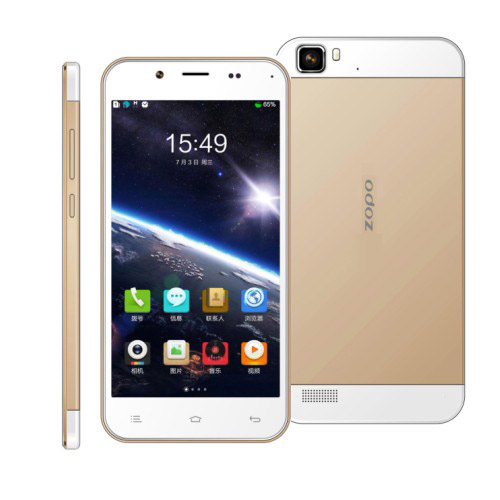 The ZP1000 is excellent for demanding power users.
The ZP1000 is excellent for demanding power users.
Battery
Battery life has come along in leaps and bounds with incessant capacity-creep. The Huawei Ascend P7 houses a non-removable Lithium-Polymer 2500mAh battery. Online tests on battery use place the P7 at around the average level although a lot also depends on the individual usage cases.
Naturally there is a careful balancing act imvolved when bringing larger screens, high resolution and powerful CPUs into the mainstream. Manufacturers now understand the importance that customers place on battery life resulting in dedicated power saving modes in each phone.
The Neo M1 and Zopo ZP1000 both come with a non-replacable 2000mAh Lithium battery. This compares to the iNew V3 has the smallest capacity at 1830mAh although it is replacable; some early adopters on the iNew bandwagon have noted that it’s “a struggle to get a day out of the battery”.
Storage
The built-in internal storage capacity is par for the course with all four phones. Multimedia fans will be pleased to hear that the Huawei Ascend P7, Zopo ZP1000 and iNew V3 all come with 16GB onboard ROM out of the box, while the Neo M1 offers 8GB as standard for your storage needs.
It’s worth noting that the Zopo ZP1000 has non-expandable storage, you’re limited to the 16GB, while the Ascend P7, Neo M1 and iNew V3 all provide support for external cards up to 32GB.
Depending on your own requirements and the size of your multimedia collection, this may impact your purchase decision.
Price
The Ascend P7 comes with an RRP of $620 (based on €449) making it the most expensive of the four devices however you do get true flagship features for that price. With an expected release date of June across 31 markets, the P7 will be available in black, white and pink.
Undercutting the P7 by some margin, the Neo M1 has a presale price of just $179.99 at the official online store, or 999 RMB. An intro price of just $99.99 based on a special 50% discount for the first 500 customers predictably saw the phone being out of stock almost immediately.
The iNew v3 matches the M1 with a $179.90 price tag quoted on iNew’s official site and is available to buy now in black, white and gold.
Last but not least, the Zopo ZP1000 is priced marginally higher at $259.99 at the online Zopo Store (for that you also get a free gift package) and the handset available in either blue or gold.
Early Verdict
From a purely tech-oriented view, Huawei Ascend P7 brings an impressive spec sheet and a superslim profile that trumps the other pretenders to the throne; however, within the premium price bracket, it faces serious competition from the usual suspects including Samsung, Sony, HTC and Apple.
At around a third of the Ascend P7’s price, the other three Chinese phones are comparatively affordable with solid, though similar, feature sets for tremendous bang for your buck. They still vie and jockey for position in an increasingly crowded mid-range market space.
With only marginal product differentiation, most users will be content with any of the four offerings. Individual usage cases and personal preferences will naturally apply in determining purchase decisions. However if you want a Chinese phone that scores well in almost everything, you could do worse than the Ascend P7 although be prepared to pay a king’s ransom for it.
Top Slim Phones: Huawei Ascend P7 vs Neo M1 vs iNew v3 vs ZOPO ZP1000
This is my first article for GizmoChina, so I would love to hear from the readers. Which of the four phones take your fancy? Or do you have your sights set on another one? Let us know in the comments below.
Discount code for NEO M1 on NEO official store: neomobile.me
Coupon code: NEOM110
Coupon Price: $169.99 (normal price: $179.99)

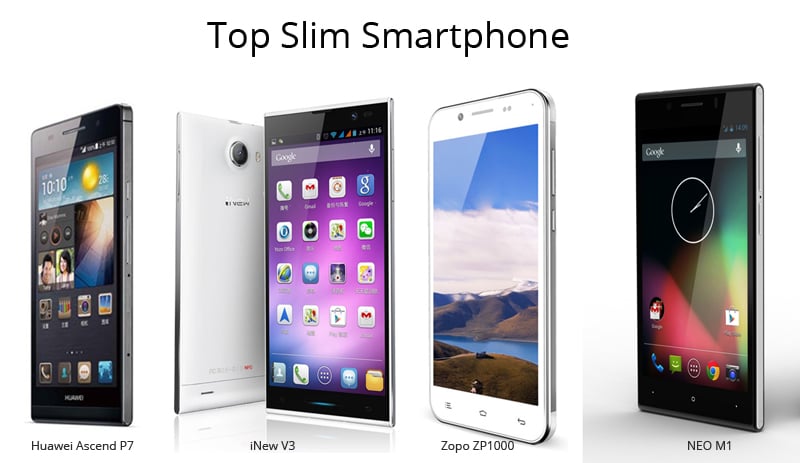
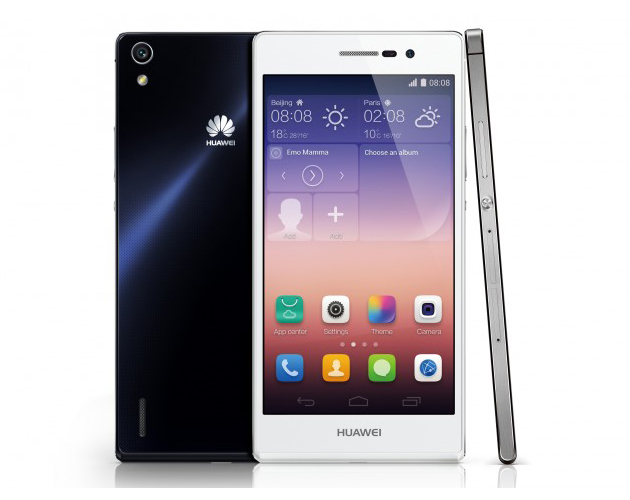
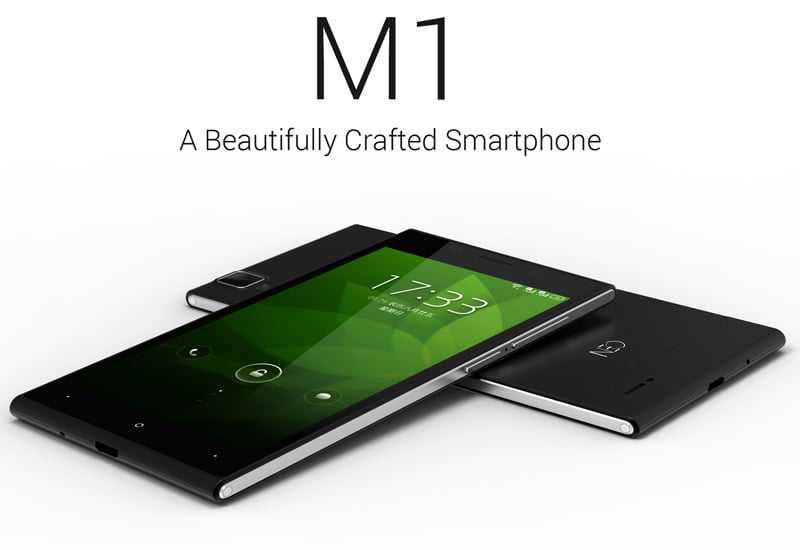
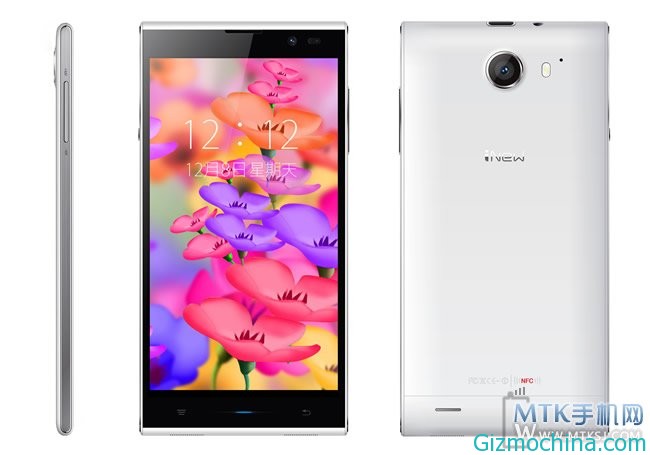
![10 Best Free Android Games in 2024 Best Free Android Games [2024]](https://www.gizmochina.com/wp-content/uploads/2024/04/Best-Free-Android-Games-2024-218x150.png)





